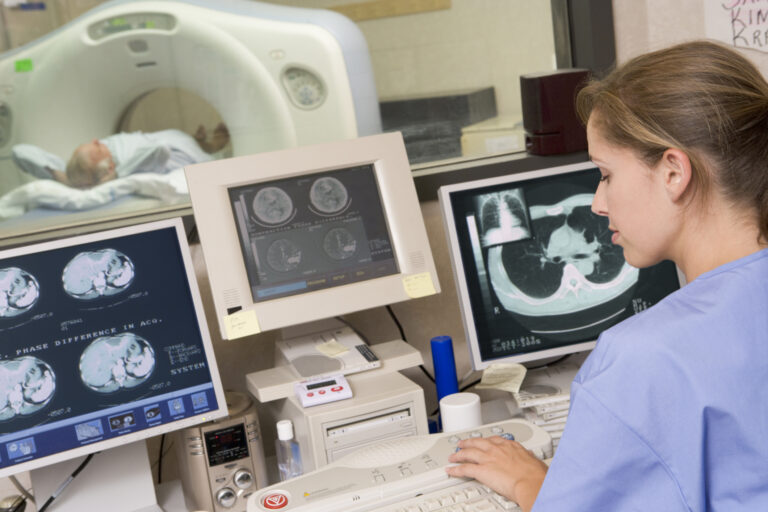Computational Imaging
Computational imaging represents a significant shift in capturing, processing, and interpreting visual data. Unlike traditional imaging systems that rely solely on physical components like lenses, sensors, and light sources, computational imaging integrates advanced algorithms and models to enhance or redefine image acquisition and reconstruction processes.
The Fundamentals of Computational Imaging
At its core, computational imaging combines optics, mathematics, and computer science principles to manipulate light and other signals for improved image quality, resolution, and functionality. By blending hardware and software innovations, this field overcomes limitations inherent to traditional imaging methods, enabling new applications and insights across various domains.
One key advantage is its ability to reconstruct images from limited or indirect data. For instance, techniques such as compressive sensing use mathematical models to infer complete images from sparse datasets, reducing the need for high-resolution sensors or extensive data collection. This capability is particularly valuable in fields like medical imaging, where minimising patient exposure to radiation is crucial.
Applications and Advances
Computational imaging has found applications across diverse sectors. In healthcare, diagnostics are revolutionising through techniques like magnetic resonance imaging (MRI) and computed tomography (CT), where advanced algorithms enhance image clarity and reduce noise. In microscopy, computational methods enable super-resolution imaging, breaking the diffraction limit to reveal structures at the nanoscale.
In astronomy, integrated imaging technology processes telescope data to produce high-resolution images of celestial bodies, even from vast distances. Similarly, technologies like smartphone computational photography leverage multiple exposures and machine learning to produce vivid, detail-rich images in photography.
Another groundbreaking application is in autonomous systems, such as self-driving cars. Computational imaging algorithms interpret sensor data from LiDAR and cameras, ensuring accurate object detection and situational awareness. Security and surveillance also benefit, with technologies like facial recognition and scene reconstruction advancing significantly.
Challenges and Future Directions
Despite its transformative potential, computational imaging faces challenges. High computational requirements can be a bottleneck, necessitating advancements in hardware and optimised algorithms. Data privacy and ethical concerns, especially in applications like surveillance and medical imaging, also demand careful consideration.
The future of computational imaging is promising, with emerging fields like quantum imaging and artificial intelligence poised to play pivotal roles. Quantum imaging, for instance, exploits quantum entanglement to capture images with unprecedented sensitivity and resolution. Similarly, AI-driven algorithms are expected to enhance image processing and analysis further, enabling real-time applications in dynamic environments.
Conclusion
Computational imaging is redefining the boundaries of visualisation and analysis. Integrating cutting-edge algorithms with traditional imaging principles offers innovative solutions to longstanding challenges. As technology continues to evolve, integrated imaging technology is set to unlock new possibilities and drive progress across science, medicine, and industry.
You are here:
home » Computational Imaging

